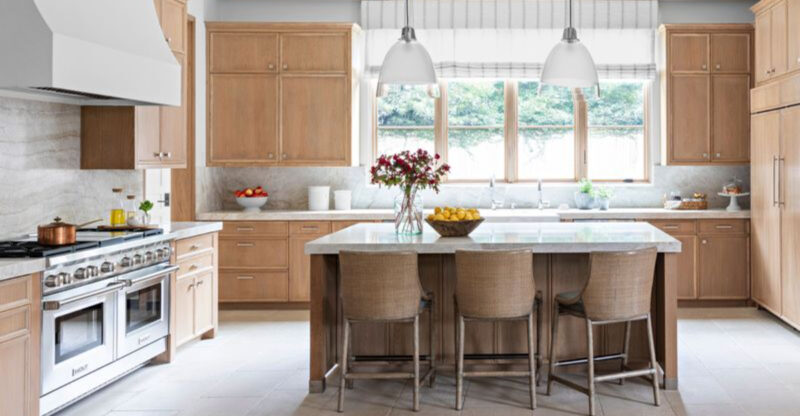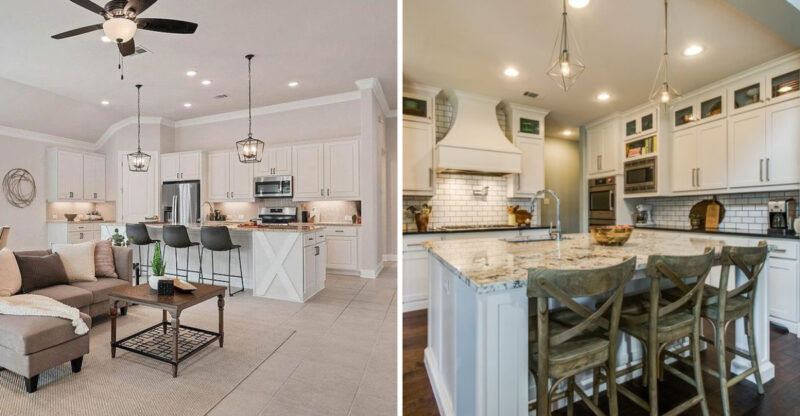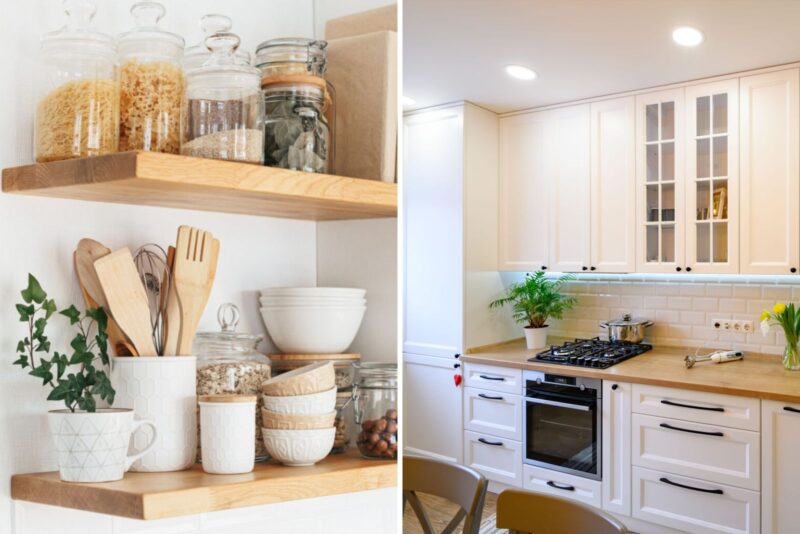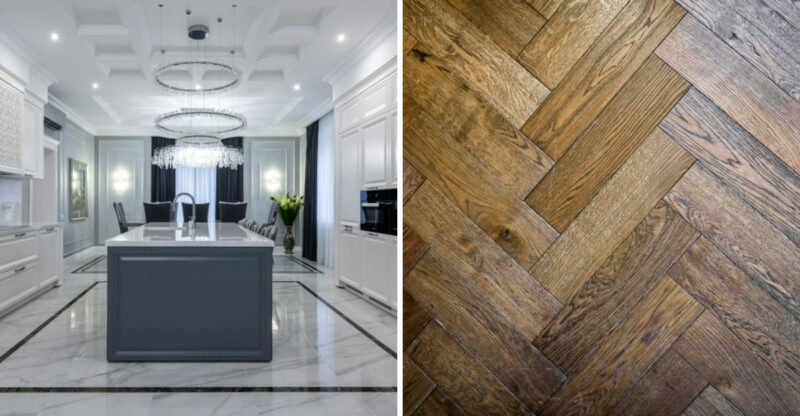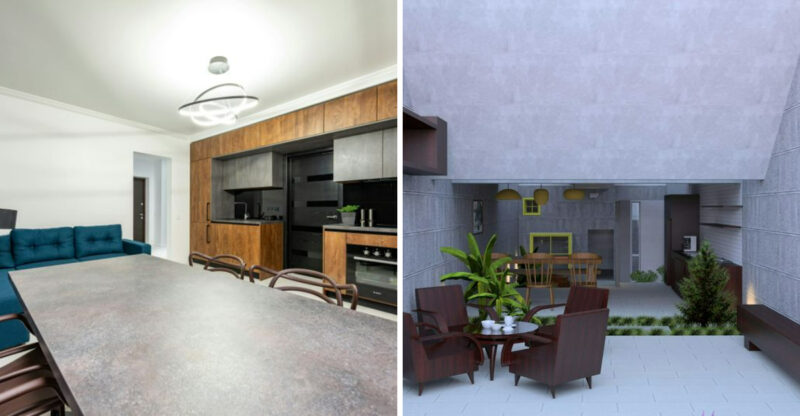13 Design Habits That Could Make A Home Look Old-Fashioned
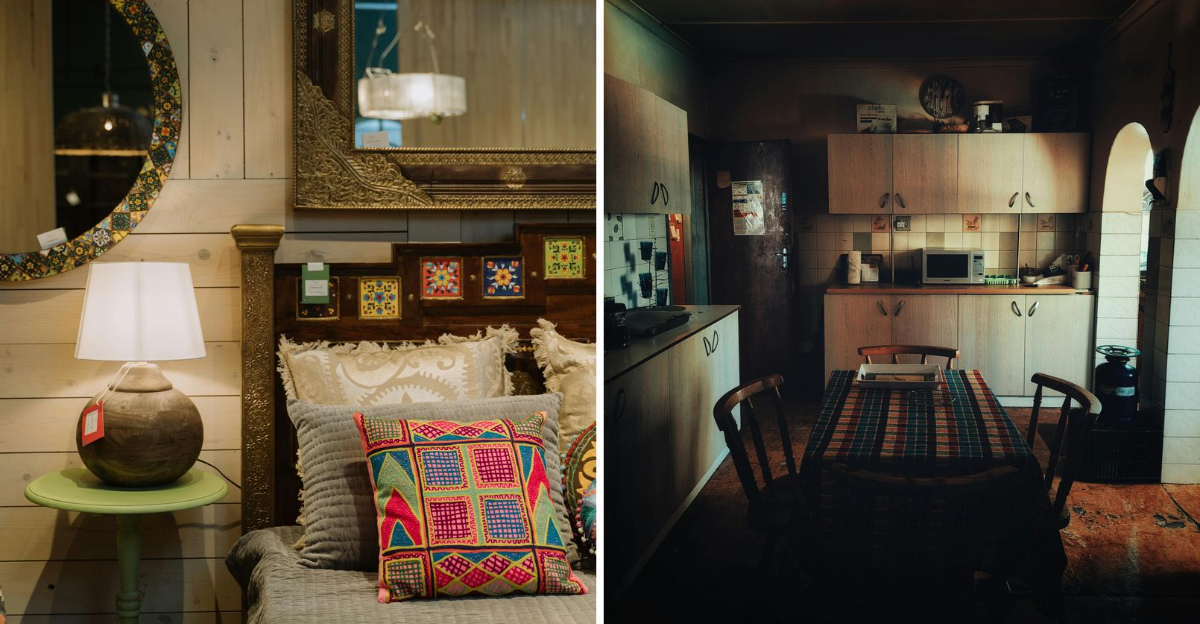
Stepping into a home that feels frozen in time can be surprisingly common. Certain design choices, though once trendy, can make even modern spaces feel dated.
While a touch of vintage flair adds character, overdoing it or sticking to styles long past can unintentionally age your home. Let’s explore 20 design habits that could be giving your space an older vibe than you intended.
1. Excessive Floral Wallpapers
Tiny floral prints covering entire rooms scream 1980s decorating gone wild. The busy patterns with small roses, vines, and pastel backgrounds create visual chaos that overwhelms modern sensibilities.
Today’s wallpaper trends favor bold statement walls with large-scale patterns or textured solids. If you love florals, limit them to one accent wall or choose updated botanical prints with more breathing room between elements.
Contemporary homes might incorporate floral themes through artwork or throw pillows instead, allowing for seasonal changes without major renovations.
2. Cluttered Bookshelves and Mantels
Stuffing every inch of shelf space with trinkets, photos, and knickknacks creates visual noise that dates your decor instantly. Those porcelain figurine collections and souvenir spoons might hold sentimental value, but displayed en masse, they look like dusty time capsules.
Modern styling embraces negative space letting items breathe with room around them. Try displaying just a few special pieces with varying heights and textures, keeping at least 30% of your shelf space empty.
Rotating collections seasonally keeps things fresh while still honoring those meaningful items without overwhelming your space.
3. Heavy Drapes With Tassels
Nothing says “your grandmother’s house” quite like thick, pleated drapes with swags, jabots, and tasseled tiebacks. These window treatments were popular in the 1980s and 1990s but now look fussy and collect dust.
Light filters differently in contemporary homes, where window treatments tend toward simple lines and functional designs. Consider replacing heavy curtains with streamlined panels, natural woven shades, or even minimalist blinds.
If you need the room-darkening benefits of heavier curtains, choose modern fabrics without the ornate details and hardware that date the look.
4. Outdated Light Fixtures
Brass chandeliers with fake candles, frosted glass dome lights (lovingly called “boob lights”), and those fluorescent kitchen box lights instantly age a home. Lighting technology and design have evolved dramatically, making these fixtures stick out like sore thumbs.
Updating light fixtures offers one of the biggest bang-for-your-buck improvements when modernizing a home. Look for clean lines, mixed materials like black metal with wood accents, or interesting geometric shapes.
Even better, modern fixtures often incorporate energy-efficient LED technology, saving you money while bringing your home’s look into this century.
5. Overstuffed Furniture
Giant puffy sofas and chairs that swallow you whole were the height of comfort in the 1990s. These overstuffed pieces with rounded arms, attached back pillows, and skirts around the bottom look bulky and consume too much visual space.
Current furniture design favors cleaner lines with visible legs to create airiness. You don’t have to sacrifice comfort modern pieces can still be plush without the excessive padding and fabric.
If replacing furniture isn’t in your budget, consider removing skirts and updating with modern throw pillows to minimize the dated feel until you can upgrade.
6. Using Matching Furniture Sets in Every Room
Remember when buying the entire showroom set was the goal? That matchy-matchy approach to furnishing rooms (same wood finish, identical fabric, matching end tables) creates a flat, uninteresting space that lacks personality.
Today’s design philosophy embraces intentional mixing of pieces that complement rather than match exactly. Try pairing different nightstands that share a color scheme or mixing chair styles around your dining table.
This curated approach tells a more interesting story about your home and makes spaces feel like they evolved over time rather than being purchased all at once from a catalog.
7. Carpeting Over Hardwood Floors
Wall-to-wall carpeting, especially in beige, mauve, or hunter green, dates a home instantly. Many older homes have beautiful hardwood floors hiding underneath these carpet layers, installed when covering natural wood was fashionable.
Hardwood floors have made a massive comeback, with their natural beauty and durability becoming major selling points. If you have them, consider removing the carpet to expose this asset.
For concrete subfloors, modern options like luxury vinyl plank or engineered hardwood provide the wood look without the maintenance concerns that drove people to carpet in previous decades.
8. Overly Busy Area Rugs
Those intricate Persian-style rugs with elaborate borders and tiny patterns in burgundy, navy, and gold were once status symbols. Now they often look fussy and clash with more contemporary furnishings.
Current rug trends favor simpler designs with subtle patterns or solid colors with interesting textures. Natural fiber rugs like jute or sisal bring organic warmth without competing with other elements in your room.
If you inherit a traditional rug with sentimental value, consider using it in a dedicated study or library where its formality makes more sense, rather than in main living spaces.
9. Antique Mirrors in Every Room
Heavy gold-framed mirrors with ornate details were once considered elegant touches throughout homes. When placed in every room with matching ornate frames, they create a dated, formal atmosphere that feels stuck in time.
Modern mirror trends favor cleaner frames or interesting shapes that serve both functional and decorative purposes. Try replacing some mirrors with contemporary art, or update just the frames while keeping the mirror itself.
A mix of mirror styles throughout your home feels more collected and intentional than matching sets in every room, just like with furniture.
10. Mixing Too Many Patterns Without Balance
Floral sofas paired with striped chairs, plaid curtains, and geometric rugs create visual chaos that was somehow acceptable in the 1980s and 90s. This pattern overload competes for attention and lacks the intentional curation modern design embraces.
Current design principles suggest limiting patterns to 2-3 per room, with varying scales (small, medium, large) that complement rather than compete. Solid colors should balance patterned elements, giving the eye places to rest.
If you love patterns, try unifying them with a consistent color palette so they feel harmonious rather than haphazard.
11. Outdated Kitchen Cabinet Styles
Honey oak cabinets with cathedral arches, white laminate with wood trim, or dark cherry with ornate molding immediately date your kitchen. These cabinet styles dominated specific decades and now serve as time stamps rather than timeless features.
You don’t need a complete kitchen renovation to update the look. Cabinet refacing or even just replacing doors can transform the space while painting existing cabinets provides an affordable refresh.
Hardware updates make a surprising difference too swapping ornate brass pulls for simple black or brushed nickel can modernize even the most dated cabinets until a bigger renovation is possible.
12. Excessive Use of Brass or Gold Hardware
Shiny yellow brass doorknobs, cabinet pulls, light fixtures, and bathroom faucets were standard in homes built through the 1990s. This uniform, high-shine metal finish now looks dated, especially when used throughout an entire house.
While gold tones have made a comeback, modern metallics feature more complex finishes – brushed, antiqued, or matte rather than the shiny brass of decades past. Mixing metal finishes throughout a home creates more visual interest than matching everything.
Updating hardware provides one of the easiest and most affordable ways to modernize spaces without major renovations.
13. Too Many Framed Family Photos
Tables, pianos, and mantels disappearing under armies of framed family photos create a cluttered, dated look. While family memories are precious, displaying every school portrait and vacation snapshot overwhelms spaces.
Digital frames now allow you to rotate hundreds of photos in a single frame, while photo books keep memories accessible without consuming display space. For physical displays, curate your favorites and use consistent framing for a more cohesive look.
Consider creating a dedicated photo wall in a hallway or family room rather than sprinkling frames throughout every room of your home.

